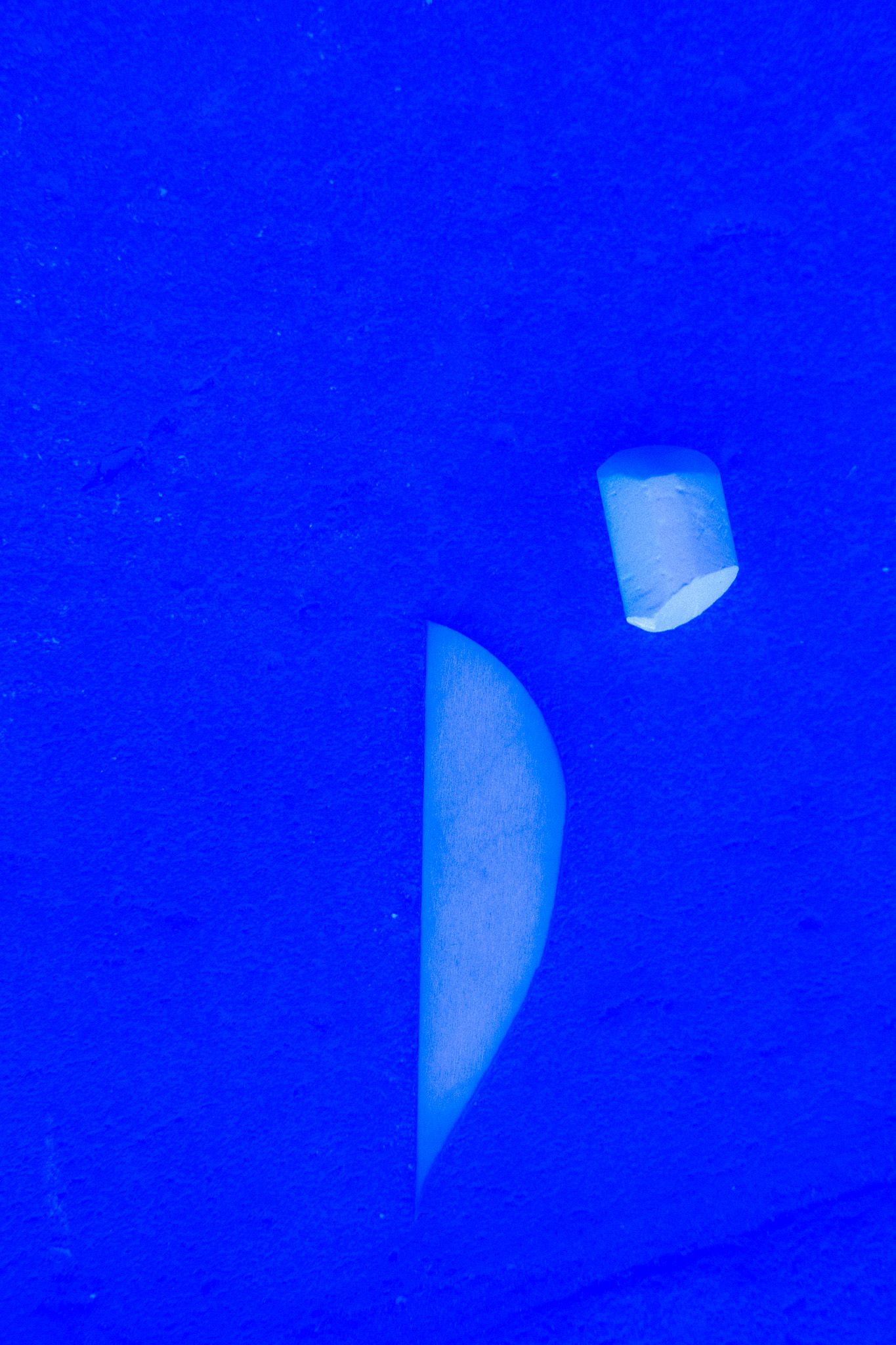
Dora Ramljak
Keywords: Radical psychiatry, Senses, Workshop
Internship: Jen Liu
Read Thesis
doraramljak.net
+385955487821
dora.ramljak@gmail.com
www.instagram.com/plantaasia/?hl=en
I used to hide in a shell of facts and feelings, unable to process them, and my body became tiny but it carried a lot of weight. I lost the ability to connect and just lived in my own reality, but then I started feeling my body again, a little bit. This project emerged from the necessity to heal my perception of my own body.
Sensory room, a tool used in the treatment of neurorisk-impaired people, people with cognitive disabilities, and mental illnesses opens as a place for exploration of the limits of individual bodies. Care is allowed to become subjective, individual, collective, and un-hierarchical as body experiences differ from person to person. The sensory room is snapshot of viewer’s bodily experience in time and space constantly changing as it encounters the others.
The room is a tool for accessing the body, it functions in the urban, the city, institutional, or individual spaces. Entering a sensory room is where the ability of a controlled correction of automated reflexes is enabled and de-institutionalized. By creating a room-project based on elements of sensory integration, the design of sensory elements derived from natural forms is facilitating the adaptation of institutions to the outside world. The elements are easily mobile and together they can form a sensory room or be used individually. The space should not be an obstacle to providing assistance to those in need, to anyone.
Cities became places of condensing and de-naturalizing bodies.
Sensory room extends in form of a public sensory drawing and listening workshop, where use of stencils and chalk, while focusing on certain senses disrupts the regularity in which we inhabit the city. By engaging in play in collective and urban spaces, the exchange where we are able to reawaken the childlike nature of the body and its gesture, but also exchange with the other, is possible. By slowing down we become aware of our senses, our place in the space.
The workshop establishes an institution where re-claiming individual bodies trough re-discovering our body memory is possible. The city becomes a space whose potentiality shifts as knowledge of our own body deepens.
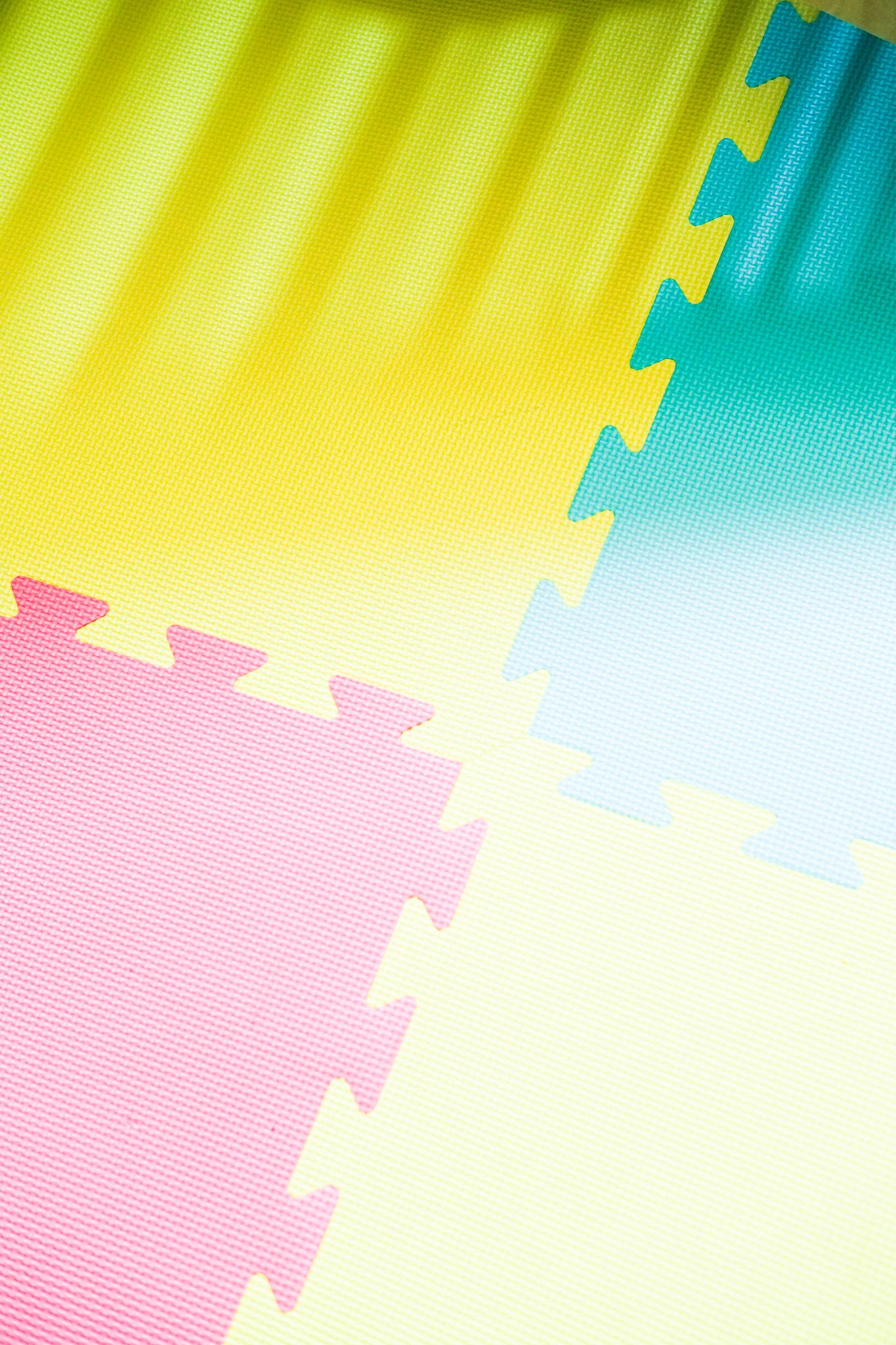
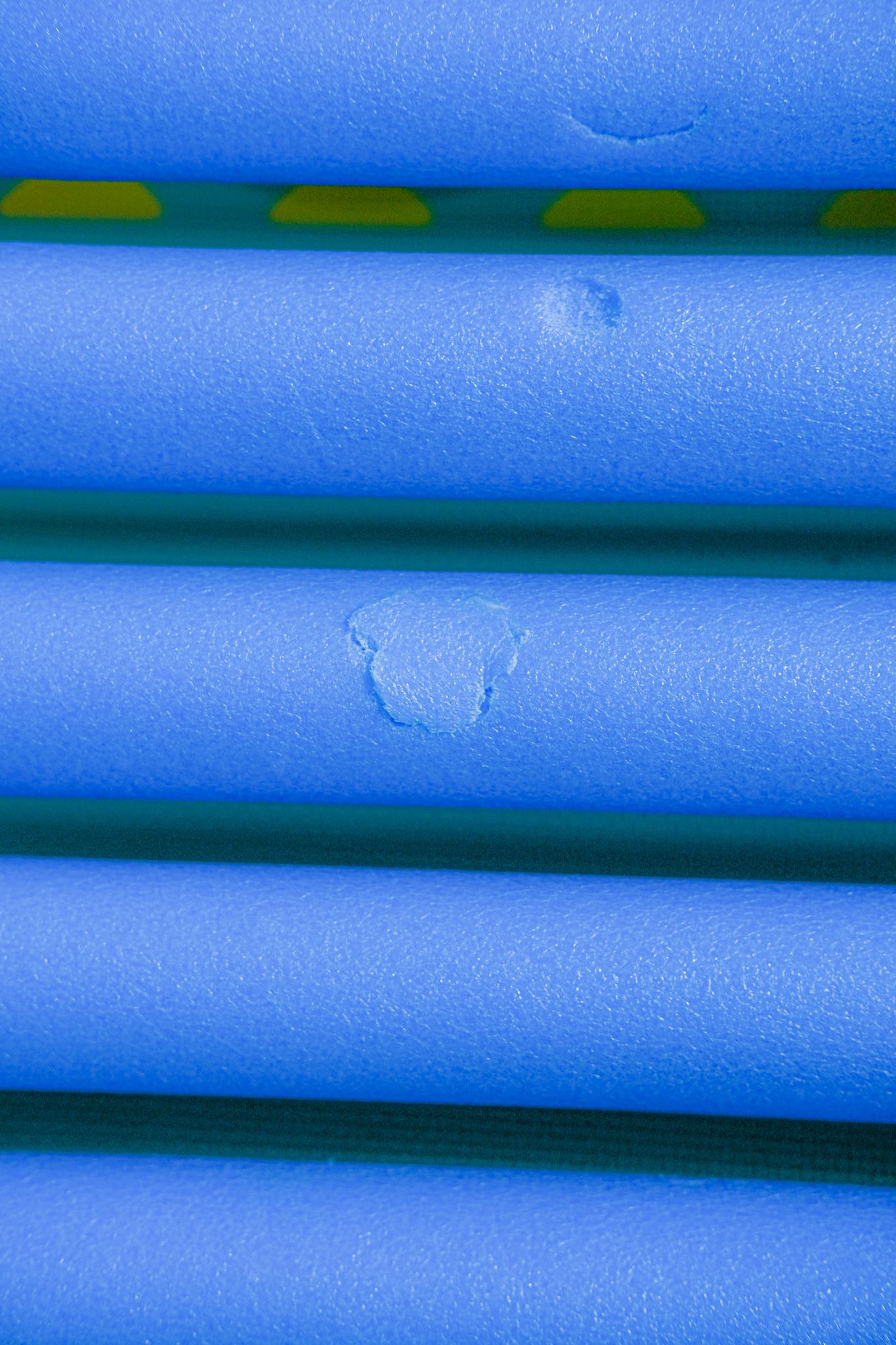

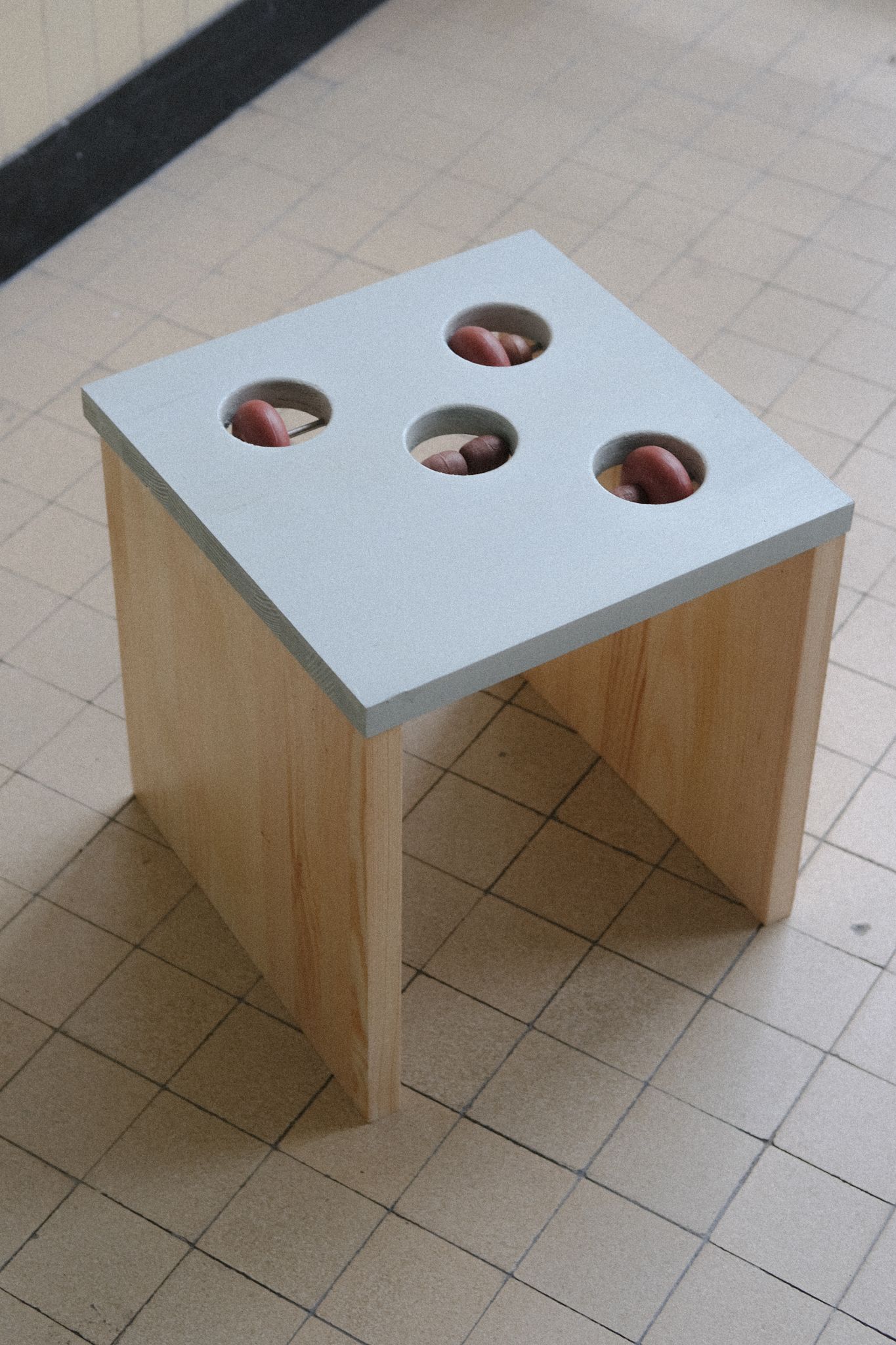
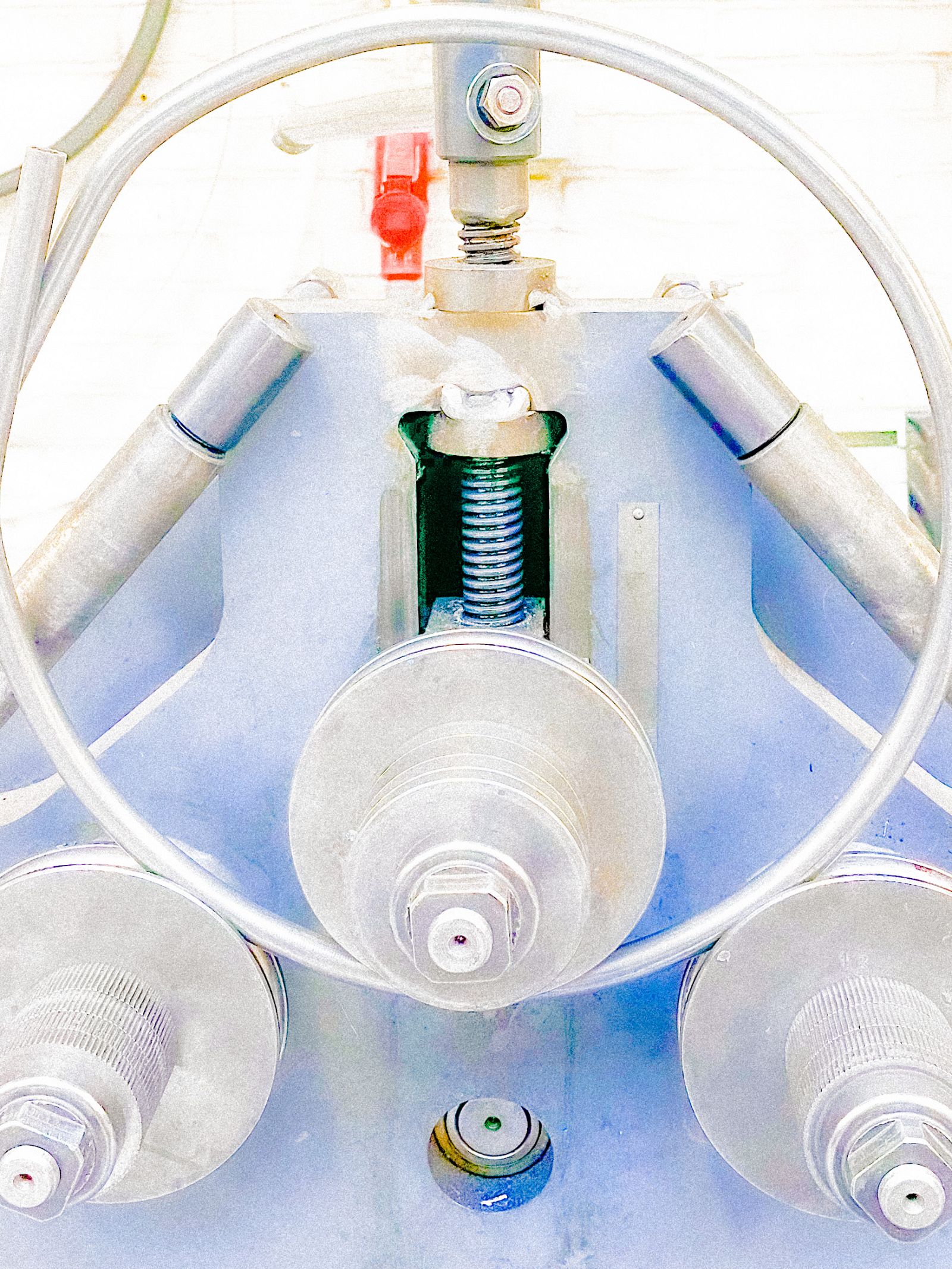
Working with material,process as ground for photographic practice
Platform for artistic research and collective re-learning initiated together with Cecilie Fang.